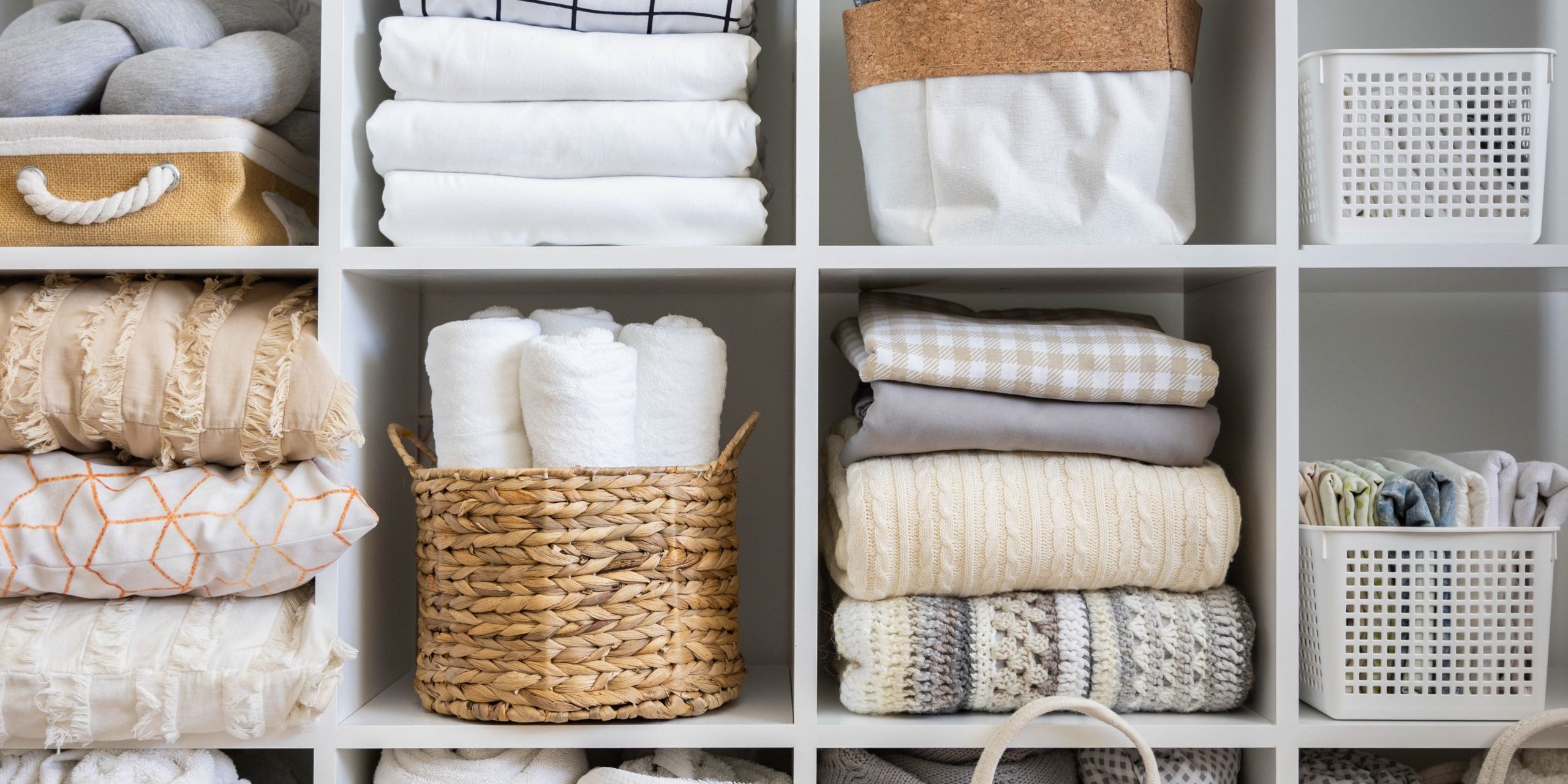Emotional Decluttering at Home: Clear Your Space and Mind
As our pace of life intensifies, we surround ourselves with objects, ideas, habits and memories that we accumulate over time. We often neglect to organise the spaces in which we spend most of our day. Experts indicate that clutter is a major cause of stress.
Decluttering is a vital method for those seeking greater balance and well-being. This trend transcends simple tidying and organising techniques; it invites you to free up both physical space and clear your mind. This liberation helps to reduce stress and strengthen mental and emotional health. Aware of its benefits, the Silestone Institute offers a detailed, step-by-step guide to effectively integrate emotional decluttering into our daily lives.
- Sort by Categories: Although logic tells us that it’s best to tackle tidying up room by room, this method can be inefficient. Instead, group items by category, starting, for example, with clothes, then books, followed by decorative items, and so on. This approach will help you clearly visualise what you have and make decisions more effectively.
- Create an Inventory: Once you’ve grouped your items by category, before organising them, it’s essential to create an inventory to become aware of everything you truly own. Examine each item carefully and be honest about its usefulness and value in your life. Differentiating what is necessary from what just takes up space will enable you to make better decisions.
- Set Clear Criteria: To tidy up intelligently, you first need to define what stays and what should go. One of the biggest obstacles in decluttering is the fear of regret, so it’s crucial to set clear criteria: keep only those items that have a specific function, that you use frequently, or that bring positive sentimental value. If an item doesn’t meet any of these criteria, it’s time to let it go.
- Divide into Three Categories: Before you begin organising, sort the items into three groups: those you will keep, those that can have a second life through donation or sale, and those that need to be discarded. This division will help you make decisions more objectively, reducing unnecessary accumulation and promoting a more intelligent and sustainable order.
- Organise Intelligently: Once you’ve reduced the number of items, organise what you’ve decided to keep in a practical manner. Use organisers, labels, and efficient storage systems to maintain order and easily find what you need.
- Don’t Relocate, eliminate: Relocating items to different spaces isn’t organising; it’s just moving the clutter. If you’re unsure whether to keep something, reflect on the criteria you previously set to determine if you really need it. If you haven’t used it in the past year, it’s likely that you can do without it.
- Make It’s a Lifestyle: Decluttering should not be a one-off activity, but rather a habit to integrate into your daily routine. Reflect on your consumption habits and commit to maintaining order, both physically and mentally, in the long term. Perform regular reviews to ensure that your home and mind remain free from unnecessary excess.
Emotional decluttering goes beyond tidying up; it teaches us to live with what is essential, reducing stress and promoting well-being. By consciously adopting this habit, we not only create a more harmonious home, but we also cultivate lasting and balanced emotional well-being.
